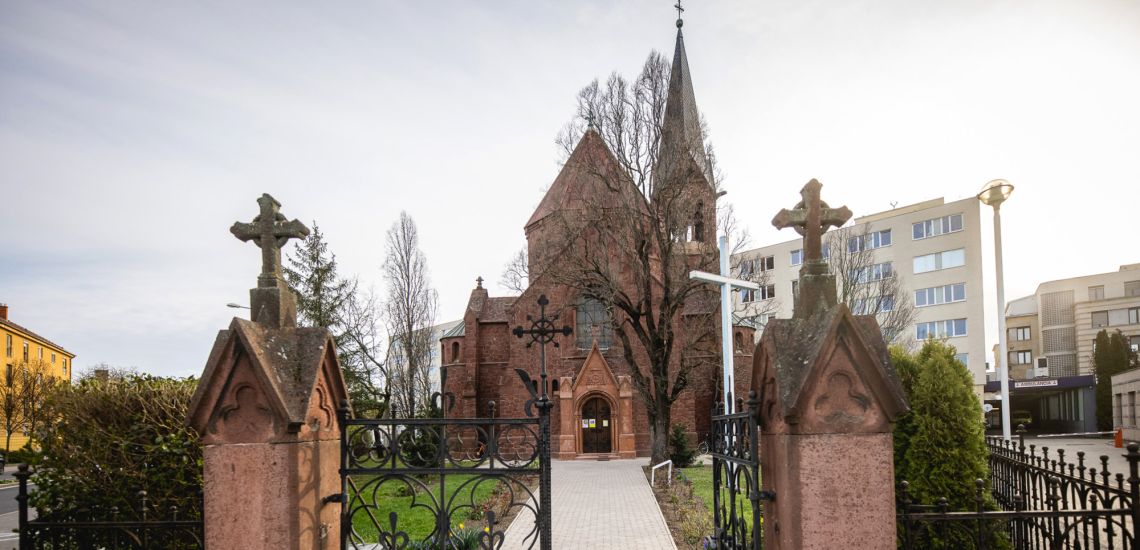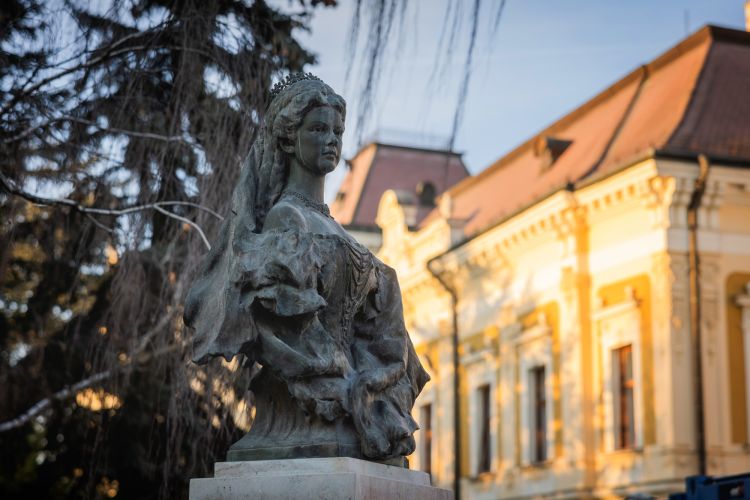
Queen Zita is known and revered as the wife of the last Hungarian king, Charles IV, from the early 20th century. She had both Italian and Portuguese blood in her veins, as her father was the deposed Prince of Parma, while her mother was a Portuguese infanta.
Zita received a strict Catholic upbringing from Salesian nuns in Bavaria, and later from Benedictine nuns on the Isle of Wight near England. She found it difficult to adjust to the local climate and sought relief in the Franzenbad spa in the Czech Republic. That is where she met Archduke Charles, who was stationed in the region with his regiment. The two young ones fell in love and were wed on 21 October 1911. This makes Charles one of the few Habsburg monarchs whose spouse was not arranged, but freely chosen. Charles became heir to the throne after the assassination of Franz Ferdinand on 28 June 1914, and following the death of Franz Joseph on 21 November 1916, he was crowned Emperor of Austria as Charles I and King of Hungary as Charles IV. His luxurious and ostentatious coronation as King of Hungary took place on 30 December 1916, in the Matthias Church in Buda, against the backdrop of a raging World War. Zita was crowned by the Bishop of Veszprém, Károly Hornig. Zita was determined and conscientious: as Queen of Hungary, she considered it her duty to learn how to cook the traditional Hungarian dish of chicken paprika. It is no wonder then that she played an active role in politics as advisor to her husband.
A good example of the turbulent political situation of the time is that when the Austro-Hungarian Empire collapsed at the end of World War I, Charles abdicated his participation in state affairs, but never his throne. His wife Zita continued to be his staunchest supporter in this. As she put it: “a monarch cannot abdicate, he can only be dethroned”.
The couple emigrated to Switzerland, from where Charles made unsuccessful bids to reclaim the Hungarian throne in March and October 1921. Following his second failed attempt, the couple were detained for a few days in the abbey of Tihany. This would be their last stay on Hungarian soil and were subsequently taken to the island of Madeira, a place with a pleasant climate, out of harm’s way. Charles died on 1 April 1922, leaving Zita, barely thirty, alone and pregnant with her eighth child. During her long life, she moved to several countries with her family, including Canada and the United States. Finally, she spent the last decades of her life in Bavaria and Switzerland.

